Scania Opticruise, one of the first automated gearchanging systems in the market, has been refined in many steps over the years. After four years of development, the concept of a standard mechanical gearbox remains, but the system has been extensively modified, with improved mechanical components and entirely new software.
Clutch control system
The electro-hydraulic actuator for the automatic clutch is mounted on the gearbox. The unit consists of an electrical motor that pushes the piston of a hydraulic master cylinder. The hydraulic fluid moves a slave cylinder that actuates the fork inside the clutch housing. The clutch itself is completely standard, so is the gearbox.
Inside the actuator, an electric motor drives a ball-bearing spindle, which positions the hydraulic master cylinder. The ball-bearing spindle mechanism provides high controllability and extreme precision.
The automatic clutch operates independently of driver skills and is programmed to engage at the lowest possible engine revs. Clutch actuation is also adapted to the information from the inclination sensor and to the required starting gear.Hence, the engine speed is raised if needed to pull away cleanly.
The engine management system ensures that the clutch is never slipped during gearchanges, only used to disconnect the gearbox from the engine. These functions will effectively protect the clutch and other powertrain components from mechanical abuse.
Hill-hold, which engages briefly after depression of the brake pedal when stationary, makes starting even more convenient.
The electro-hydraulic control of the automatic clutch is unique in the industry, offering the benefit of particularly precise clutch actuation.
Adaptations
The functionality of Scania Opticruise can be altered by the driver via the instrument cluster or using the electronic diagnostics tool used by all Scania service workshops.
The driver can programme the following parameters:
- Enable/disable adaptive starting gear.
- Programme default starting gear.
Scania workshops can adjust the following parameters:
- Maximum permitted starting gear.
- Manual override of programmed starting gear enabled/disabled.
- Power mode enabled/disabled.
- Kickdown enabled/disabled.
- Reversing at low idling speed enabled/disabled.
Service aspects
Scania Opticruise is integrated in the gearbox cover of a completely standard 8- or 12-speed Scania gearbox, with or without the Scania Retarder.
The clutch is also a standard unit. Only the external actuation system differs from that of a standard clutch.
This philosophy will secure parts and service availability wherever a vehicle is working. Workshop staff will be fully familiar with the components and have all tools needed. The only items that are special with Opticruise are the gearbox cover with pneumatic shift controls and the electric actuator for the automatic clutch with integrated inclination sensor.
In case of clutch failure, a limp-home facility is provided. Automatic gearchanges are then made without using the clutch (normal operating mode of the system with a clutch pedal). Starting is possible using the ignition key and starter motor. The vehicle is brought to a standstill by turning off the ignition.
Milestones – automated gearchanging
Scania Opticruise is an in-house development that automates gearchanging using a standard mechanical gearbox. The only unique component on the gearbox is a special gearbox cover that incorporates pneumatic shift cylinders and position sensors. This concept has far-reaching benefits in terms of chassis installation (which is identical to a manual gearbox), bodybuilding and power take-off installation. Extensive parts commonality facilitates servicing and repairs, and makes trucks, buses and coaches with Scania Opticruise familiar to any Scania service technician.
Since it was originally unveiled for trucks in 1994, close to 150,000 trucks, buses and coaches worldwide have been delivered with Scania Opticruise, making it the pioneer and one of the most widespread automated gearchanging systems in the market.
1970s: Pneumatic gearchanging in laboratory test rigs. New computer-controlled gearchanging test rigs were developed. The idea was born: “Why not put it in a truck?”
1980s: Computer-Aided Gearchanging (CAG) launched in 1984, breaking new ground. Best gear calculated, engaged automatically when driver declutched. In the late 1980s, computerised gearchanging experiments were initiated. These trials also included the Scania Retarder, which was then under development. Control of the retarder was integrated. Some tests were made with an automated clutch, as well as with torque converter.
1990s: In the early 1990s, Scania applied for a large number of patents on two in-house developments: an auxiliary braking system (retarder) and an automated mechanical gearchanging system. The patents included a large number of software features, indicating the strong potential of electronic control systems.
The Scania Retarder was introduced in 1993, becoming the first system of its kind with automated downhill speed control and with the retarder function integrated in the brake pedal.
In 1994, large-scale field tests on trucks started on Scania Opticruise. The automated gearchanging system was presented to the press at an event in Angers, France in December. The public launch took place one year later in conjunction with the introduction of the Scania 4-series trucks. The 8-speed version was introduced on the bus and coach range launched in 1997.
2000s: By the turn of the millennium, Scania Opticruise had established itself as the best-selling automated gearchanging system in the market. Continuous improvements were made, with significant steps taken to refine the gearchanging strategy in conjunction with the introduction of the R-series in 2004, the new gearbox generation and Euro 4 engine range in 2005 and the new Euro 5 EGR engine platform in 2007. A 12-speed version for buses and coaches followed on the new bus and coach generation introduced in 2006, including optional overdrive. The fully automated version became the only option from the introduction of new Scania Opticruise in late 2009.












.jpg)
























































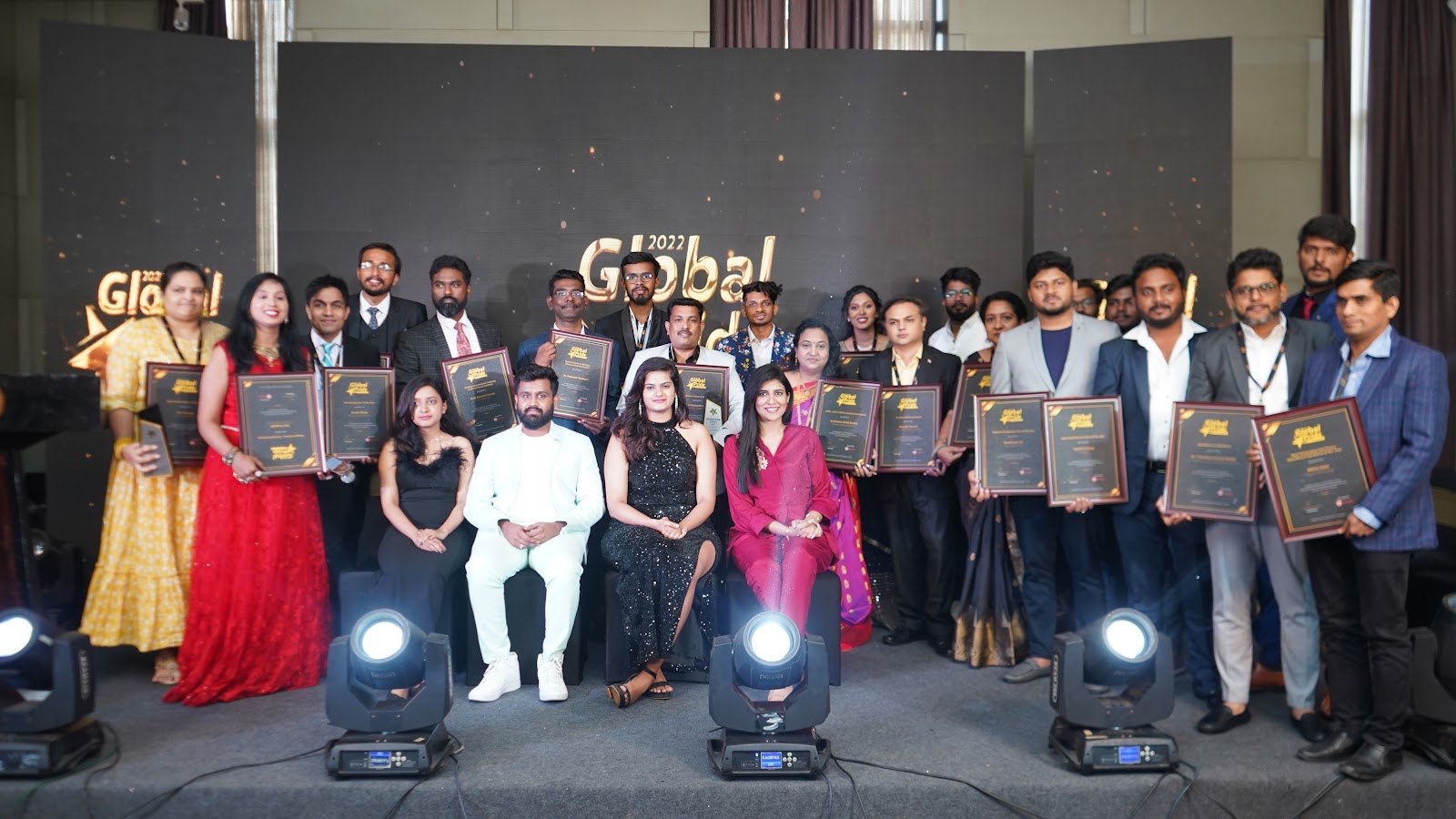





















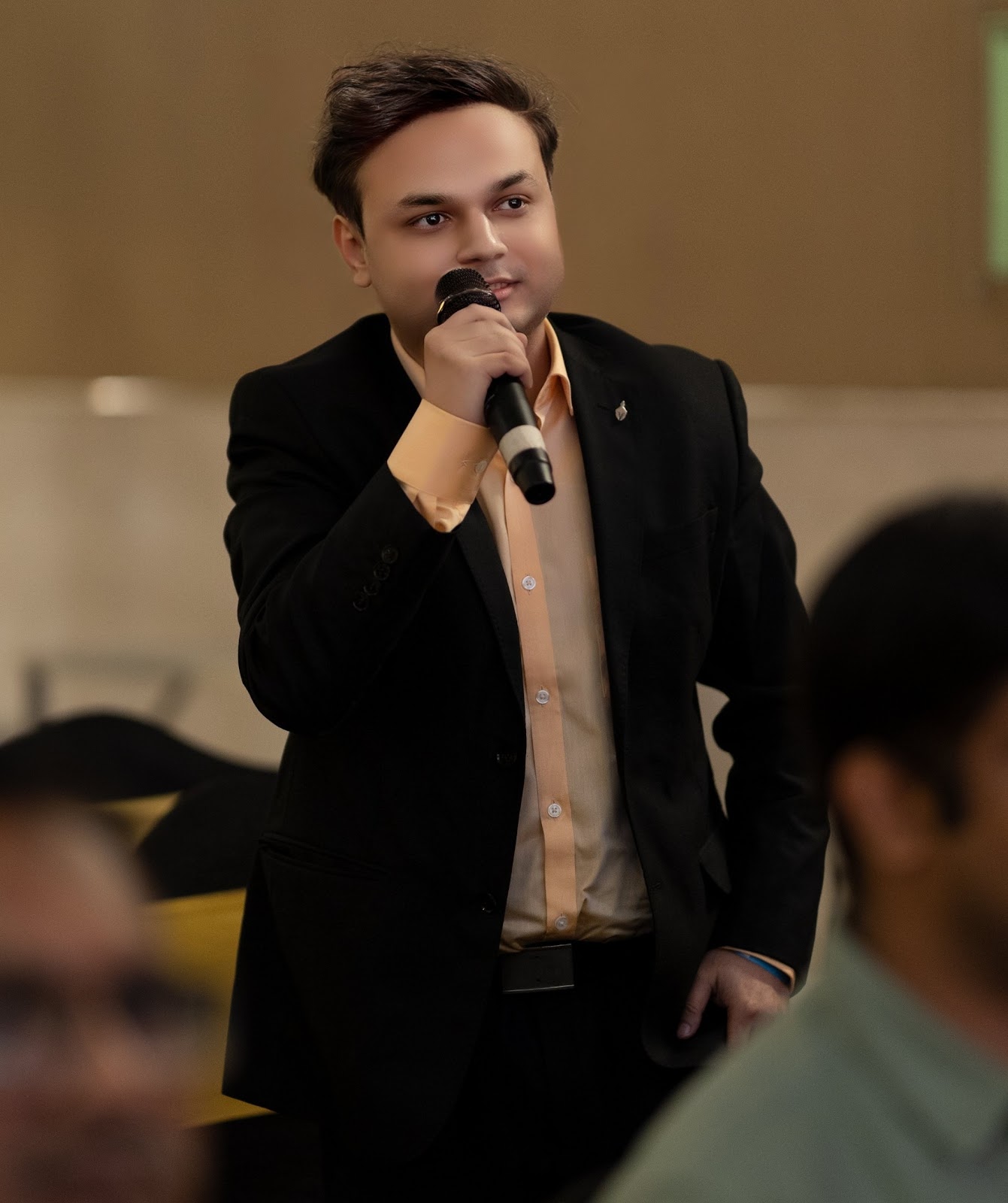










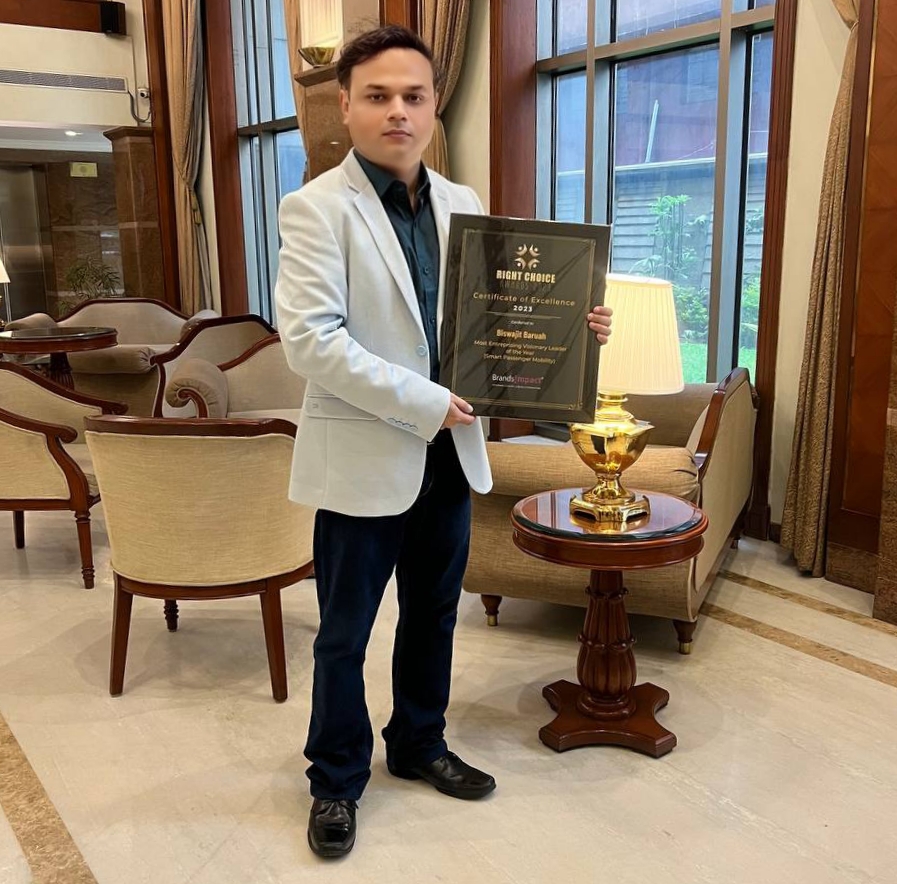












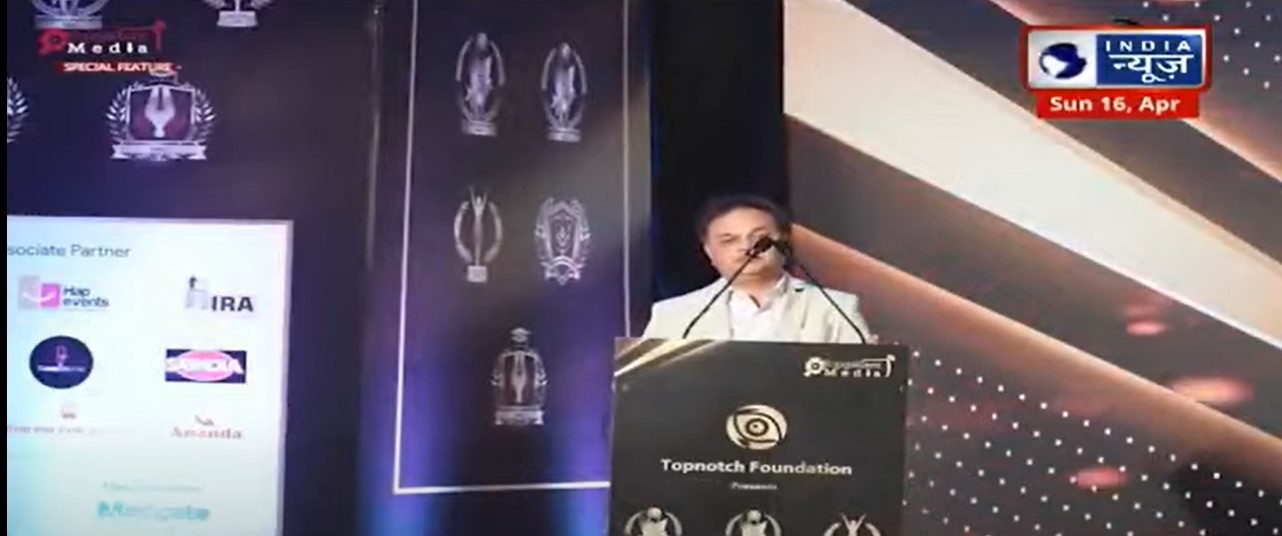




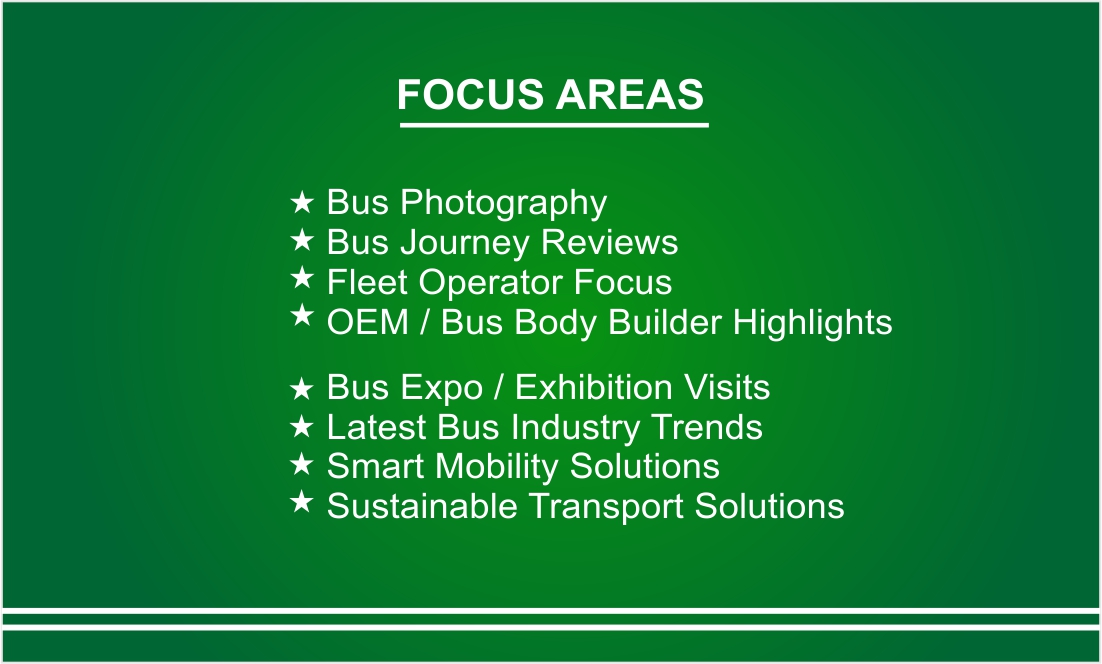










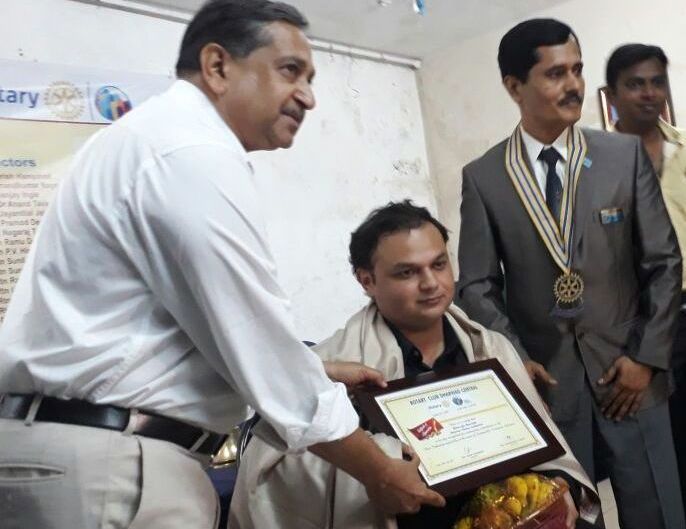
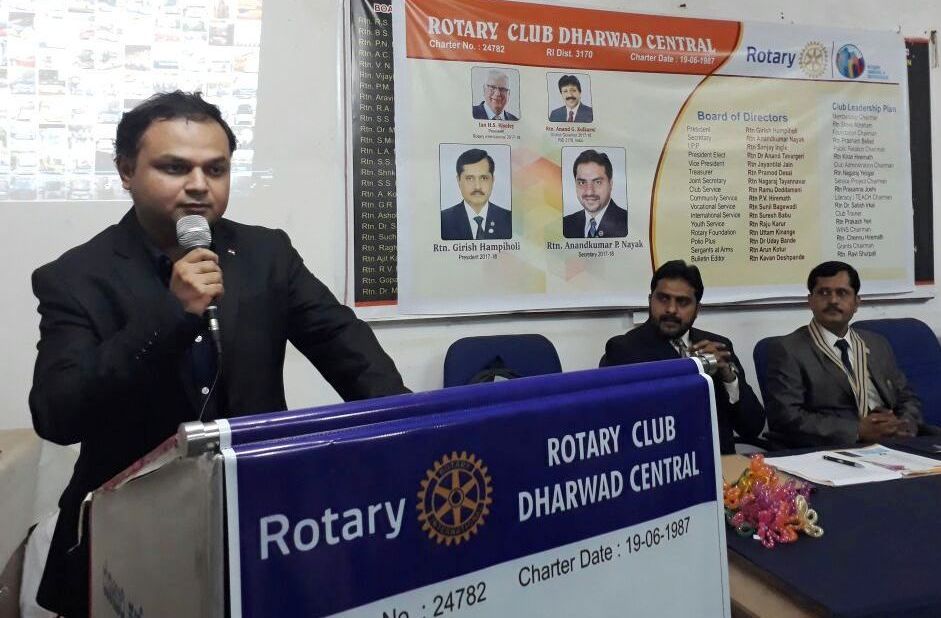



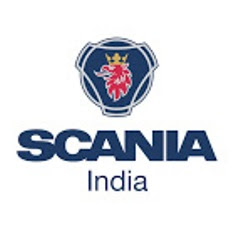




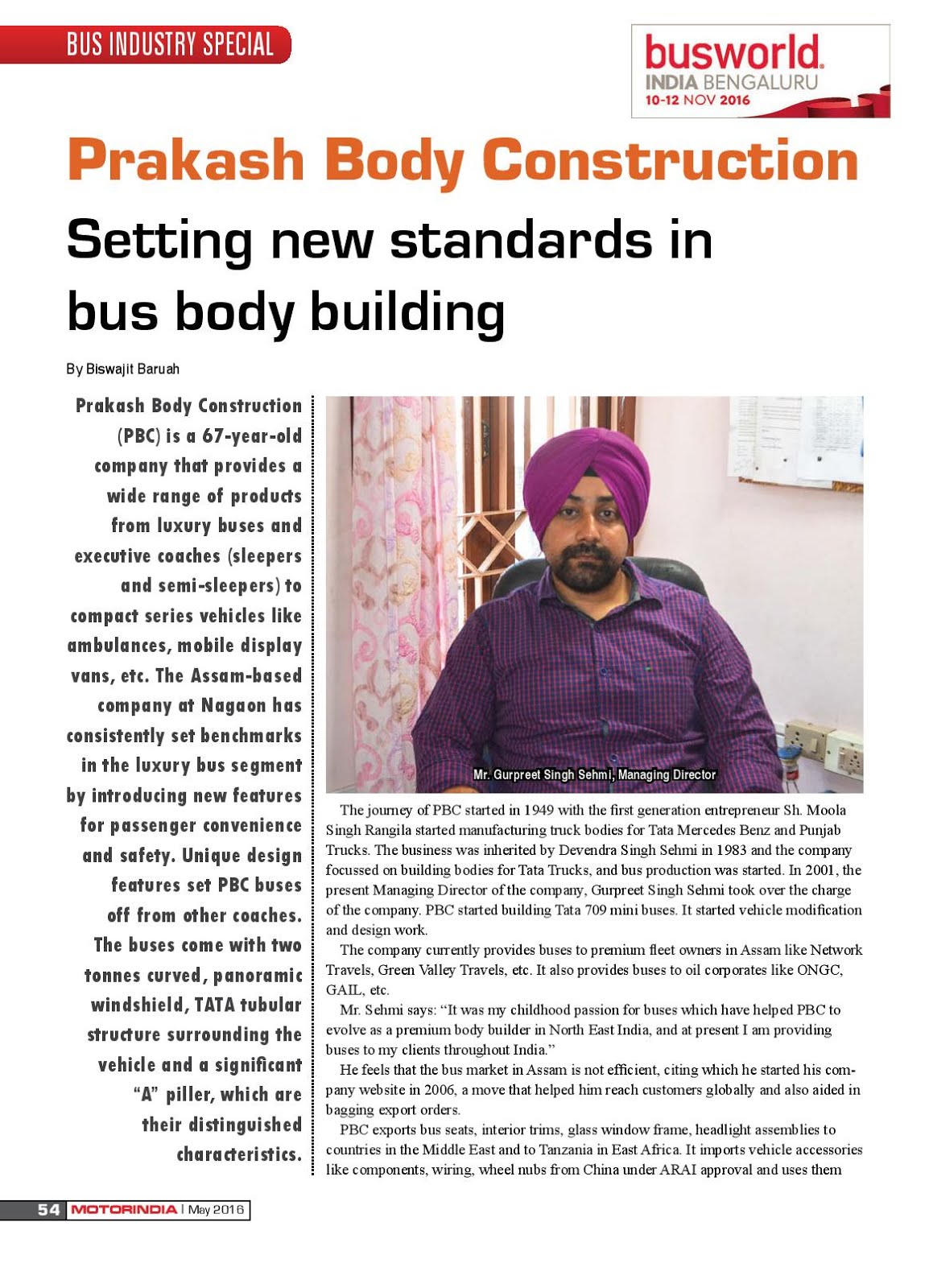




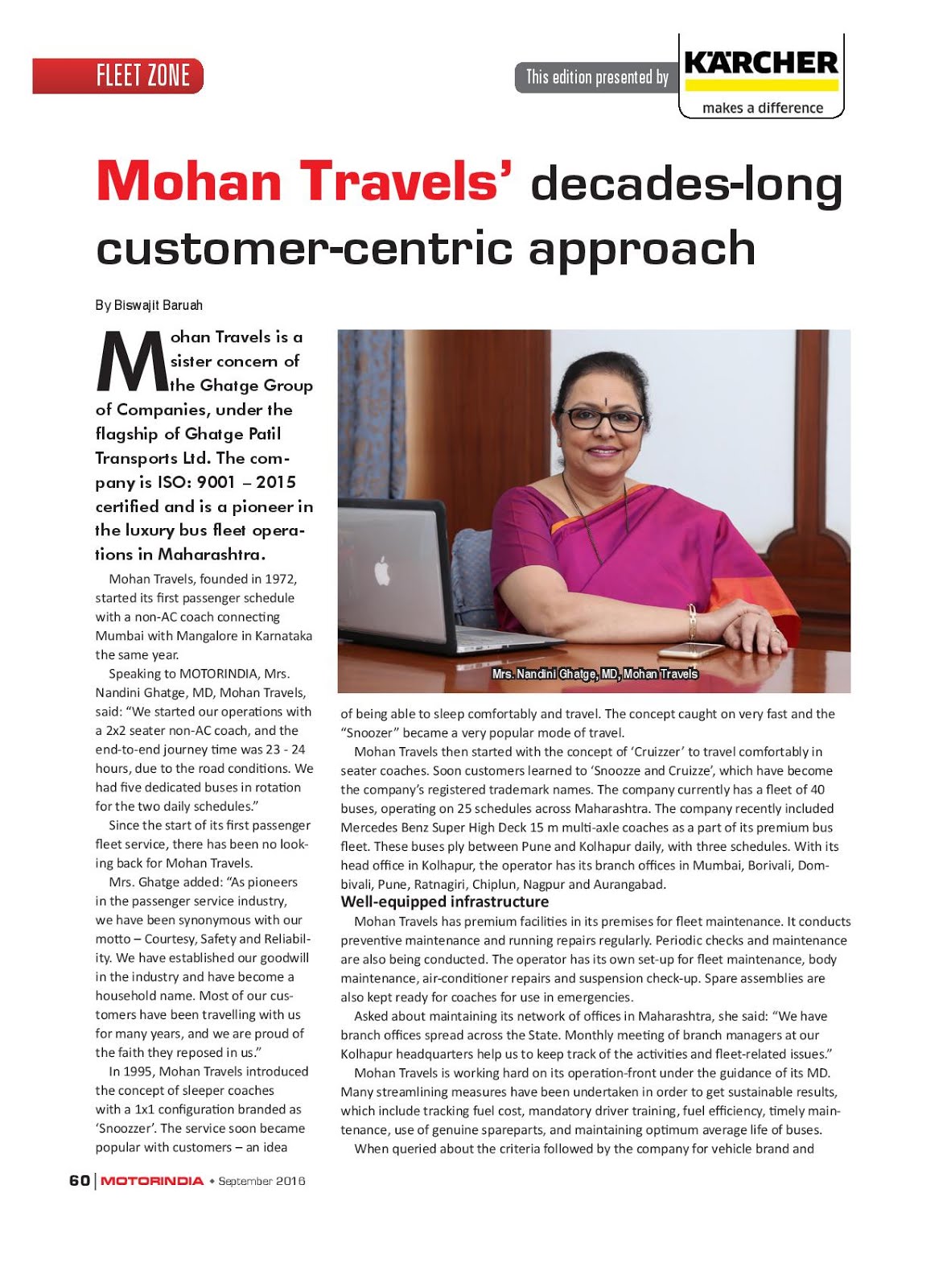





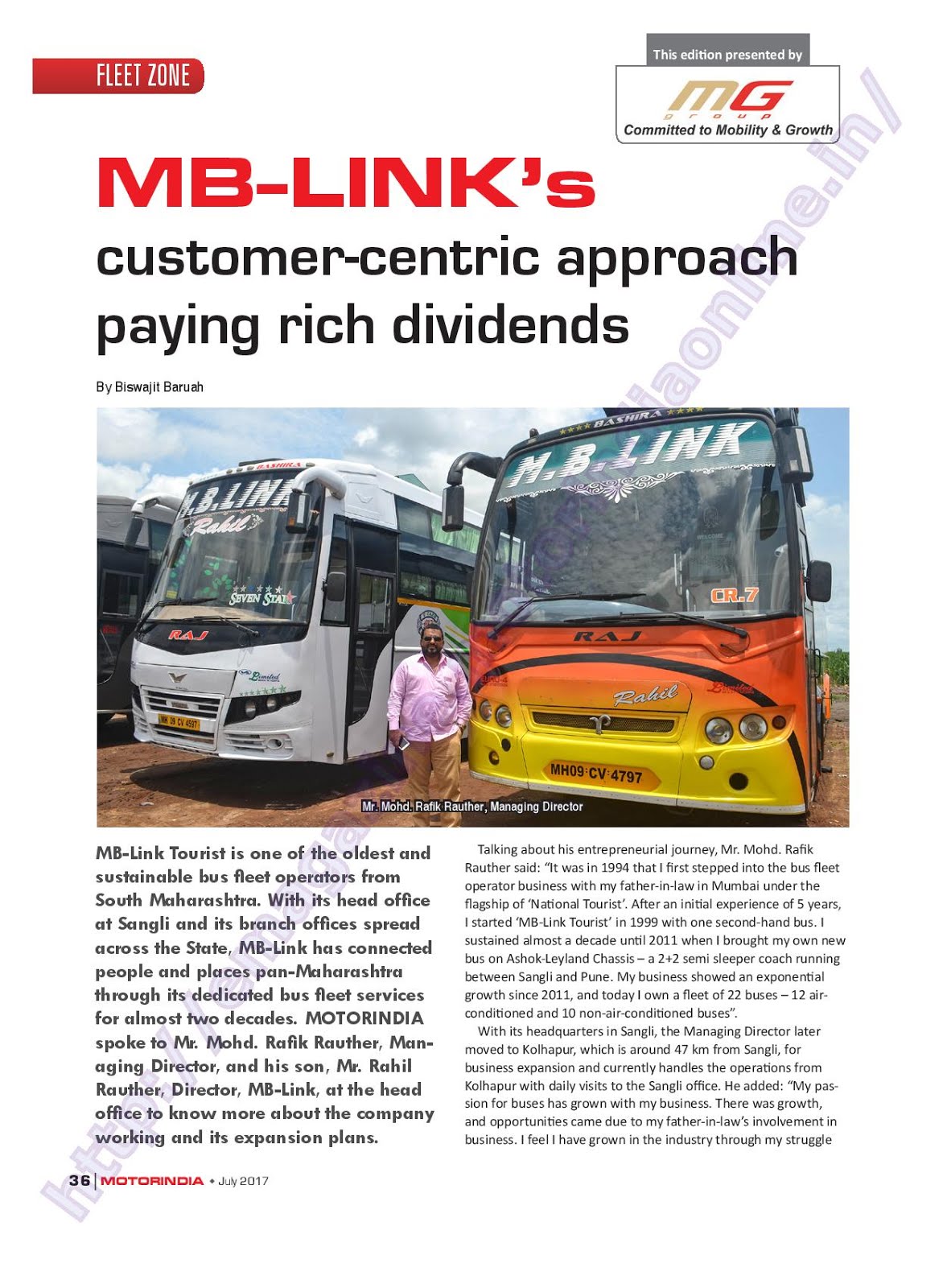










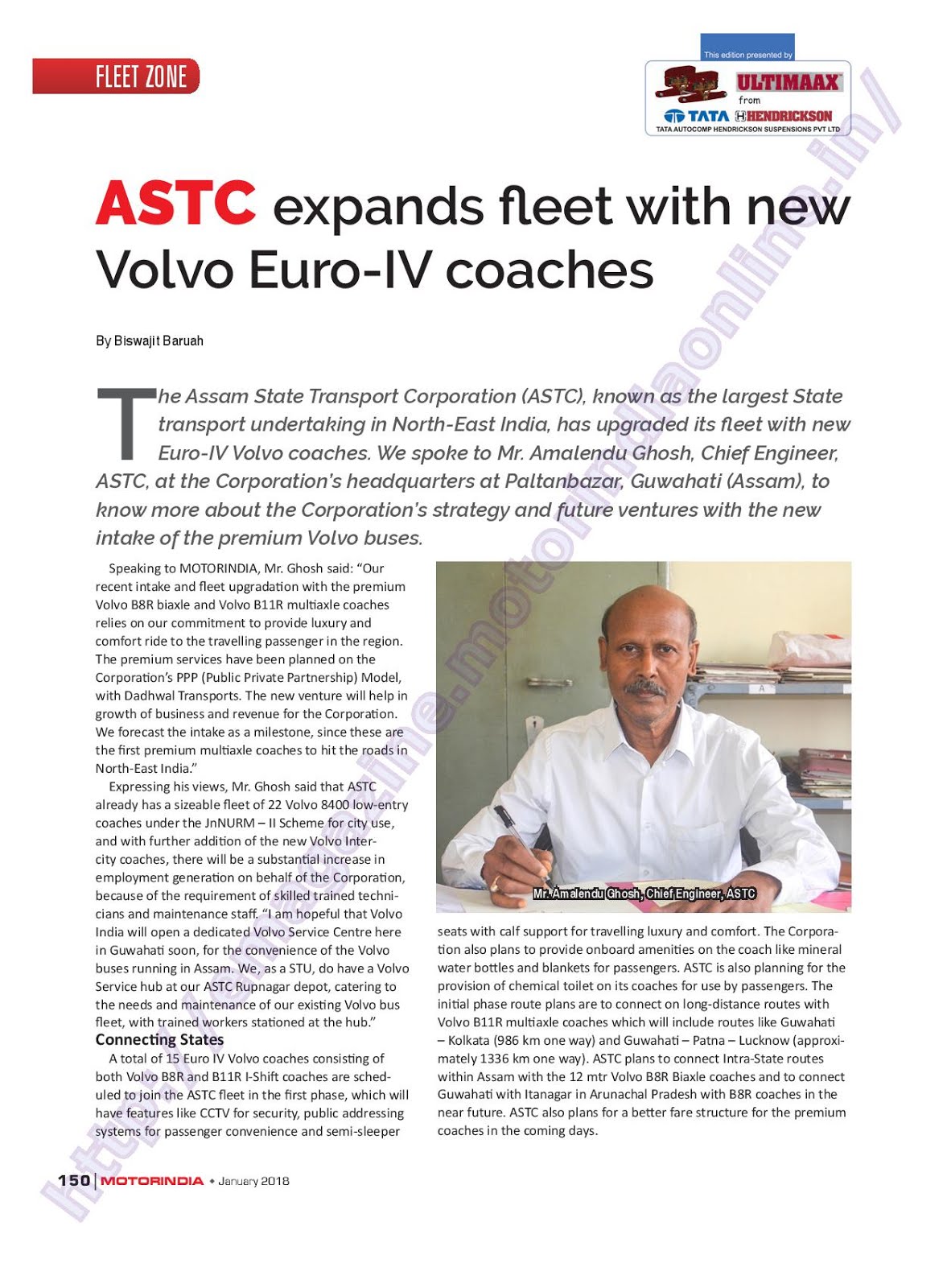

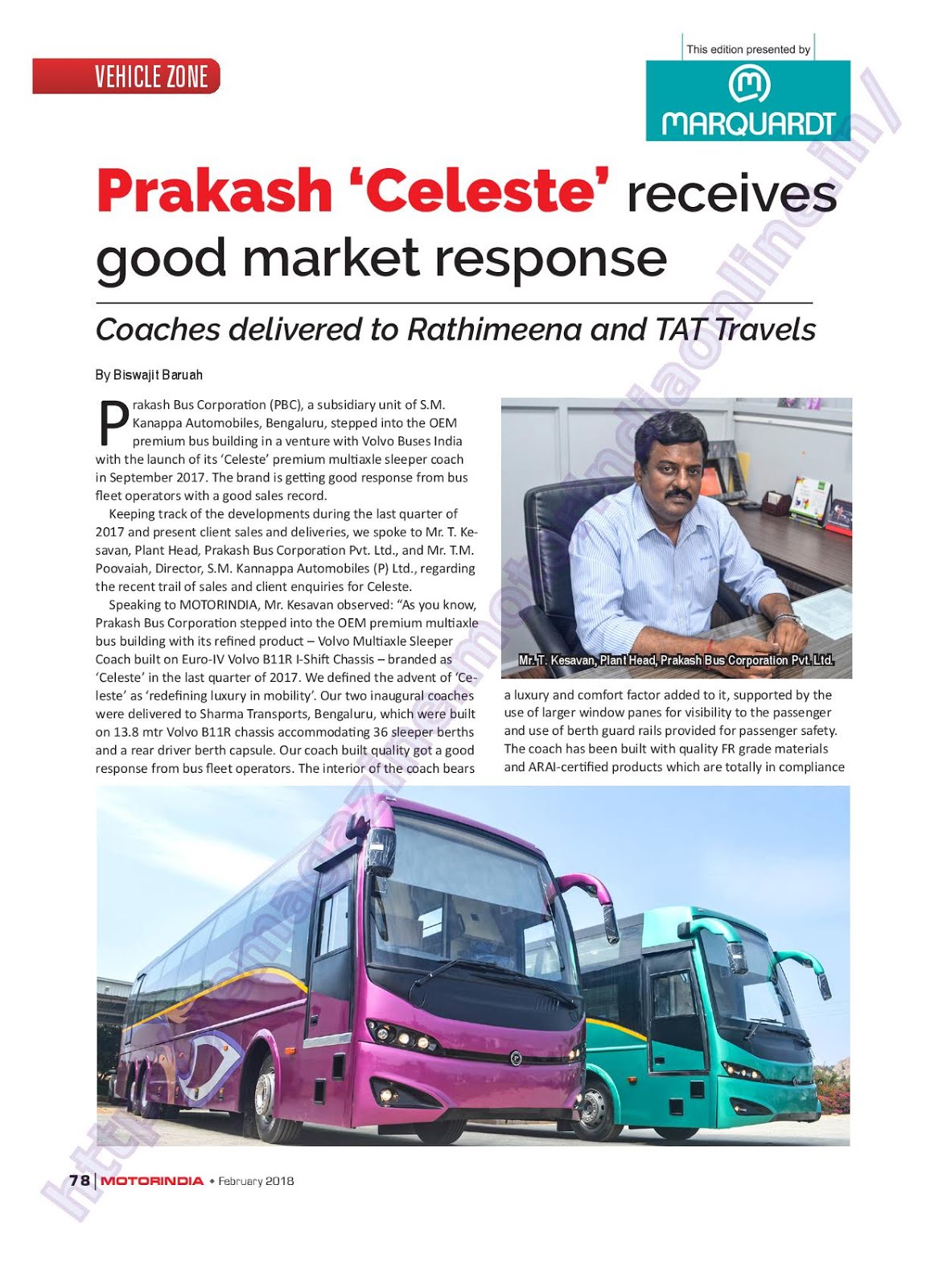

0 comments:
Note: Only a member of this blog may post a comment.